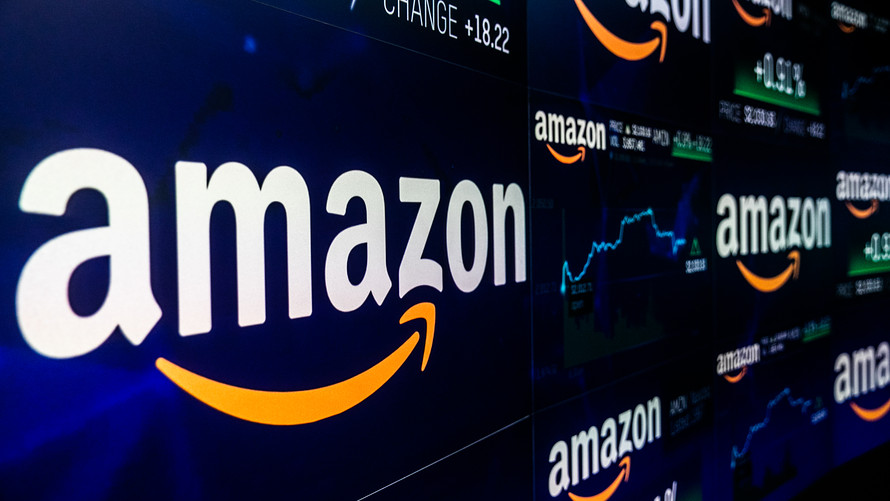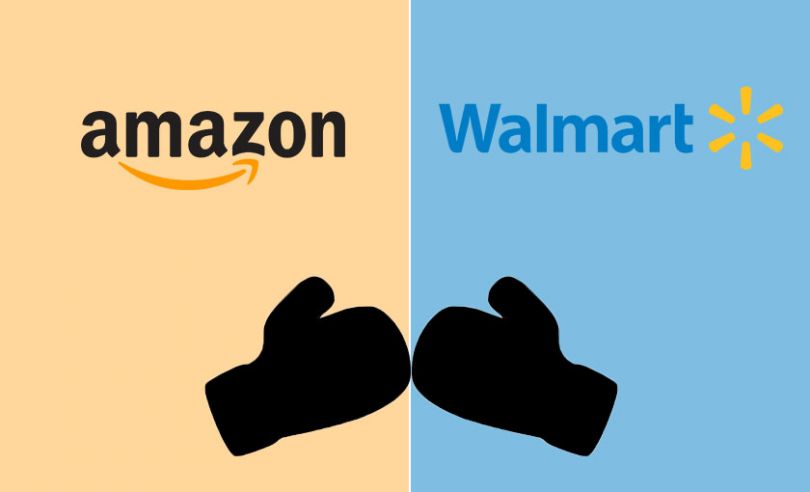Many retail companies across the globe are waging a significant, undercover war amongst themselves. This invisible battle is fuelled by th need to maximise profitability and maintain, or even

While both goals are often in conflict with each other, tech-savvy retail businesses have figured out how to optimise them. They achieve this by utilising automated algorithms to adjust their price offerings, in some cases, hundreds of times a day.
Yes, hundreds of times a day!
So how do these companies keep up with all of these diverse, rapid price changes? And how are they always on top of their game with the best deals, when some companies have many millions of products in stock?
The answer is quite simple. Most top retail
Some programs are sophisticated enough to immediately detect changes to prices on a competitor’s site, and then make the appropriate changes to their own within seconds.
If this is war, then these programs are the super spies.
Who is involved?
We are a provider of data-scraping services to numerous Australian enterprises at the top end of town. In quite a few cases, we scrape data from Company A for Company B’s internal use, and at the same time, we scraping data from Company B for Company A’s internal use. Whilst we are unable to disclose our clients’ names, we can confirm that many companies are involved in this battle.
For example, two eternal enemies that are actively engaged in this war are Amazon and Walmart.
Amazon
Amazon is a great example of an online retail-giant that knows how to use data scraping to their advantage. They thrive on data, and over the years have built up a treasure-trove of non-pubic information from their own site.

In addition, Amazon have a team that gathers as much online product data as they can get from their competitors. By combining their customers’ purchasing history, click-activity, competitors’ prices and stock levels, Amazon can accurately forecast what their consumers want and are willing to pay.
But does this work? As at Feb 2019, the general sentiment of Amazon’s performance is: “As expected, the company surpassed last year’s results with a superb performance, especially in North America.”
According to a 2013 Quartz article, ‘Amazon changes more than 2.5 million prices a day’. These changes occur in the price, promotions, bundles, free shippings, quantity discounts and customer loyalty programs (promo codes, gift cards, etc.). This statistic is six years old, so in all likelihood, the number of changes these days will be even higher.
Amazon vs. Walmart

Convenience Store Products
This high volume of changes makes it hard for a competitor to track what is happening on Amazon, however it did not stop Walmart from trying…
Before Jan 2017, Walmart had been scraping several million pricing points per day from Amazon’s website. And then they got blocked, when Amazon introduced a new form of anti-scrape protection.
Walmart, with a total of 11,766 stores worldwide as of 2019, is a force to be reckoned with and considered to be one of Amazon’s top competitors. However, despite their best efforts, they were unable to manoeuvre their way through Amazon’s blockade, and consequentially had to purchase the information via a third-party specialist scraping provider.
Walmart, with a total of 11,766 stores worldwide as of 2019, is a force to be reckoned with and considered to be one of Amazon’s top competitors. However, despite their best efforts, they were unable to manoeuvre their way through Amazon’s
Walmart’s tactics
Walmart is predominantly a bricks-and-mortar retailer. They stockpile their own primary data directly from their customers, recording information like purchasing history, credit vs gift cards, reviews, etc. and using it all to make informed decisions about their company and products. They also buy-in data that has been harvested from Amazon’s site.

But does this work? As at Feb 2019, many analysists agree that Walmart has “strong financial results”.
According to a price comparison article by clark.com, Walmart is within 19 cents of Amazon’ prices on a selected sample of products reviewed. 19 cents difference! That’s quite amazing.
Small Companies are not excluded
While mega companies have access to vast resources, smaller companies can cost-effectively develop dynamic pricing structures by working together with a specialist data-scraping provider.
The Data-Scraping Group is based in Melbourne, providing market information and pricing intelligence to many Australian companies. Feel free to contact us for a confidential discussion of your needs.
